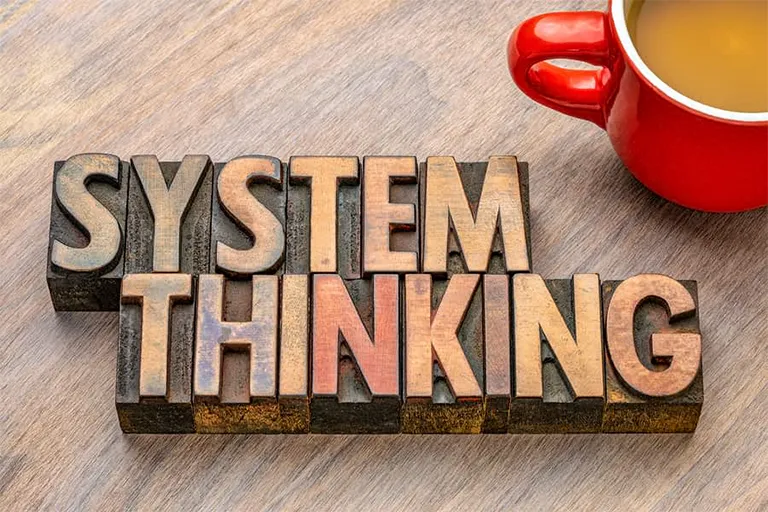Product strategy and business have many similarities, which makes it possible to use the knowledge and learnings and tools of one for the other.
To create a new business, there are steps that include ideation, value creation , risk management, ambiguity management, and the organization’s life cycle. Each business can have one or more products within it and treat each product like a business.
For each product, the following topics can be considered:
- Product marketing
- Product strategy
- Product brand
- Ideation for the product
- Forming a basket of products
- Product development
- New product design
Considering the diversity in the definition of strategy and strategic attitude , you can probably guess that the definition of product strategy is equally diverse and different sources and references provide different definitions of it.
3 main parts of product strategy
- product design
- Product management
- Remove the product
product design
In the design of a new product, usually all the steps that must be taken from the zero moment to the commercialization stage of the product are taken into consideration.
These steps can be listed as follows:
-
Knowledge of the market and the current situation
-
Finding ideas and creating ideas
-
Eliminate inappropriate ideas
-
Business analysis
-
Product development
-
Product testing
Product management
After the product has been approved in terms of features, specifications and quality, and we have made sure that customers like it and welcome it, now we enter the economic stages of the business. The same work that constitutes the daily task of Product Managers.
There are usually three main parts to product management:
-
Product maturity management
-
Product growth management
-
Product commercialization
Discussions such as pricing, how to legally protect the product and providing the required capital are among the topics that are considered in the discussion of commercialization.
Product management during growth and maturity also has its complications and challenges. Growth is the period of increasing demand, and maturity is the period when the volume of demand for the product has become stable and uniform.
Many product managers are calm and satisfied during growth. They are always afraid and worried about puberty. This is despite the fact that puberty usually comes as a result of wrong decisions during the growth stage.
Remove the product
Regardless of whether we like it or not, every product has a certain lifespan and there comes a time when the market no longer welcomes it. Here we have to remove the product suddenly or gradually.
This work also requires very key and strategic decisions, and if we do not recognize the right time to delete or do not choose the right speed to delete, we may harm the profit of the product or even turn it into a loss-making project.
In the cannibalistic strategy, even some mobile phone manufacturers, even though their product is still selling, decide to remove it from their product portfolio. Or not to offer it in some countries, which is considered a kind of erasure strategy.














